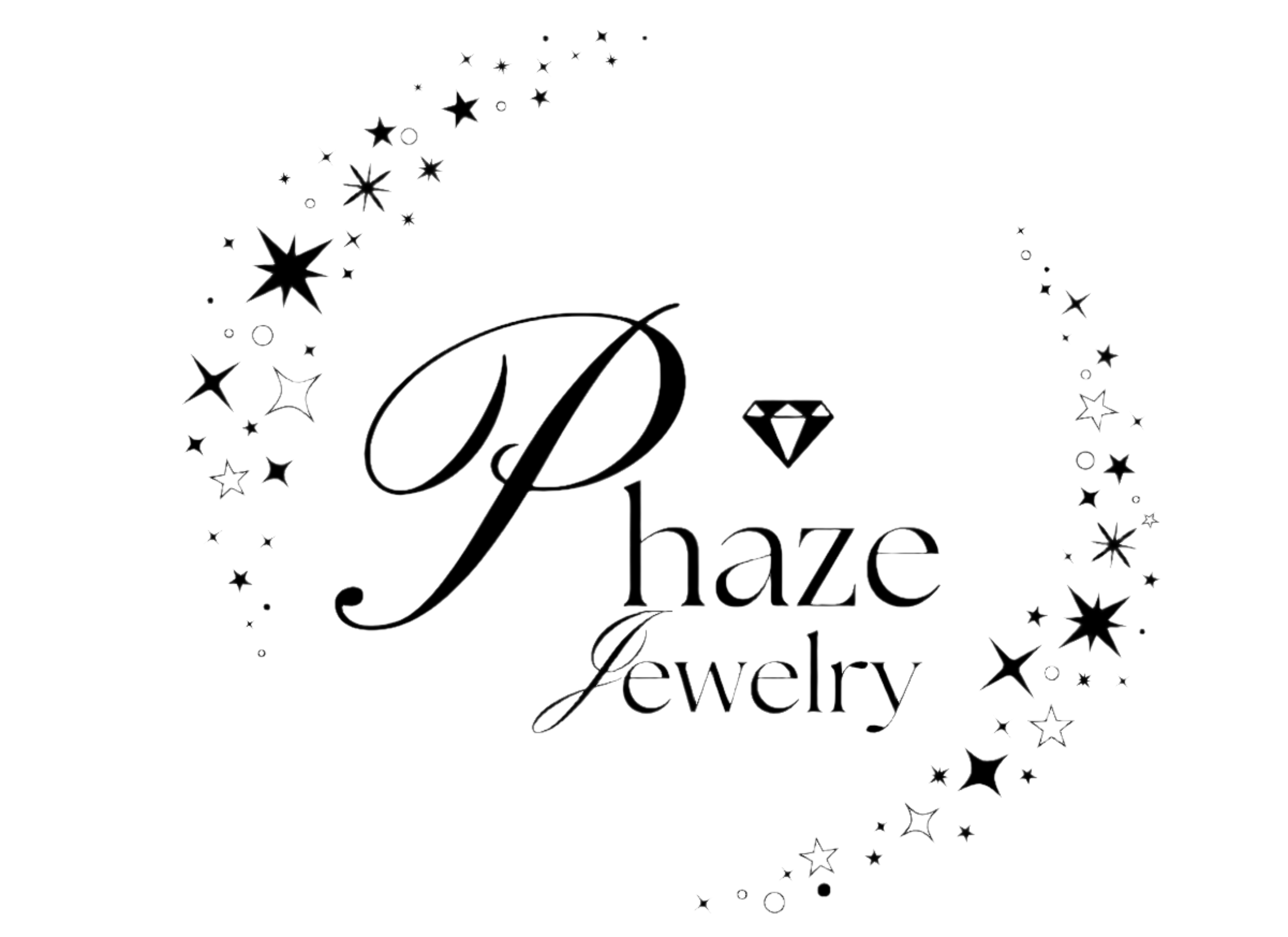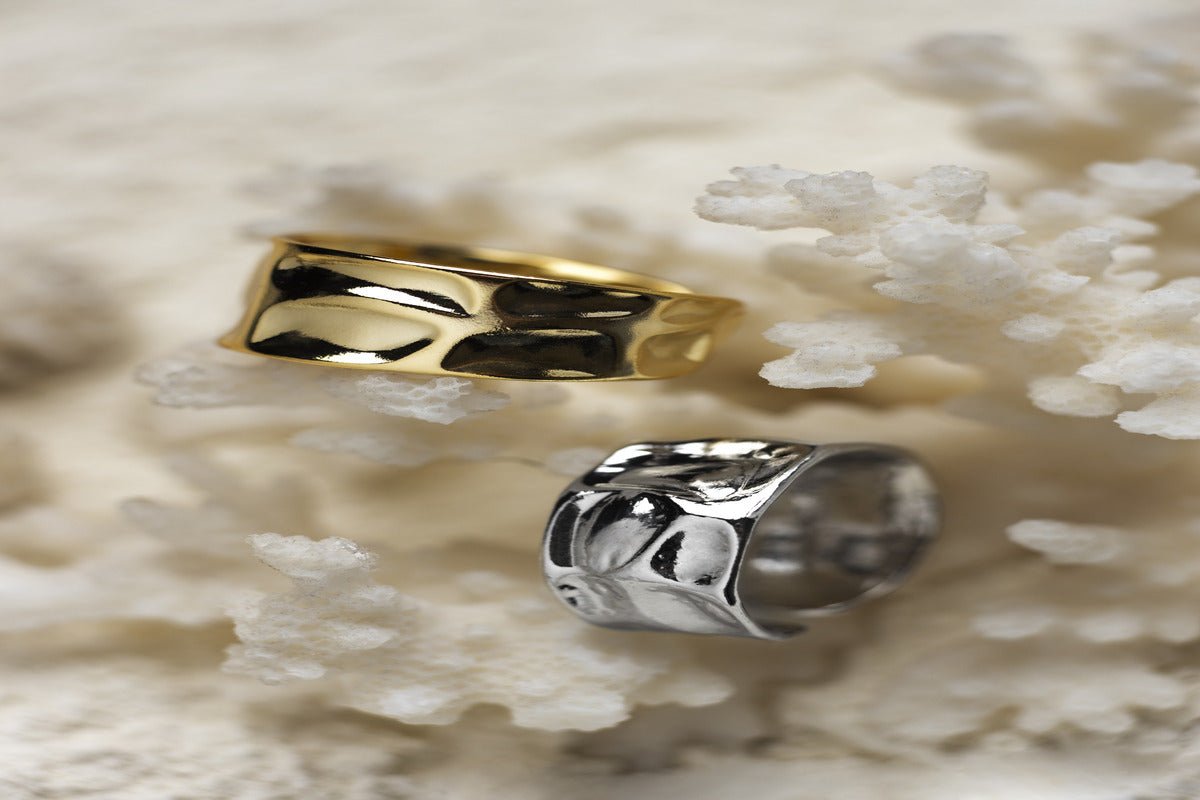18K Gold-Plated Jewelry vs. 925 Silver Jewelry: Which One is Right for You?
When it comes to choosing jewelry, the decision can often come down to two popular and budget-friendly options—18K gold-plated jewelry and 925 silver jewelry. These two materials dominate the affordable luxury jewelry market for good reason. But how do they stack up against one another, and which one deserves a place in your collection? If you're a jewelry enthusiast or a budget-savvy shopper, this guide will help you make an informed choice.
What is 18K Gold-Plated Jewelry?
Gold-plated jewelry is made by coating a base metal (most often brass or copper) with a thin layer of real gold. When we say "18K gold-plated," it means the gold used in the plating is 75% pure gold (18 karats).
However, it’s important to note that the gold layer is relatively thin—typically just a few microns thick. This makes it an affordable way to enjoy the look of 18K gold without the hefty price tag associated with solid gold pieces.
Benefits of 18K Gold-Plated Jewelry:
- Affordable Luxury: Gold-plated jewelry mimics the appearance of solid gold but is available at a fraction of the cost. It’s ideal if you want to accessorize without a major financial commitment.
- Wide Variety of Styles: Since it's lightweight and affordable, gold-plated jewelry often comes in a wide array of trendy and classic designs.
- Lustrous Finish: The 18K gold plating gives it a warm, luxurious glow similar to solid gold.
Drawbacks of 18K Gold-Plated Jewelry:
- Durability: Because the gold layer is thin, it can wear off over time, especially with frequent use.
- Care Requirements: You’ll need to avoid exposure to water, sweat, and harsh chemicals to keep it looking fresh.
- Resale Value: Gold-plated jewelry has little to no resale value due to its minimal gold content.
What is 925 Silver Jewelry?
925 silver, also known as sterling silver, is a high-quality alloy made of 92.5% pure silver mixed with 7.5% other metals (usually copper) for added strength. Sterling silver offers a bright, cool-toned sheen that makes it a popular choice among jewelry enthusiasts.
Benefits of 925 Silver Jewelry:
- Durability: Sterling silver is more durable than gold-plated jewelry and can last for years with proper care.
- Hypoallergenic: Its metal composition is gentler on sensitive skin compared to base metals commonly used in gold-plated jewelry.
- Resale Value: Because it contains a significant amount of pure silver, sterling silver has intrinsic value and can often be resold or repurposed.
- Versatility: The timeless cool-toned finish of sterling silver pairs beautifully with a wide range of outfits and styles.
Drawbacks of 925 Silver Jewelry:
- Tarnishing: Sterling silver can tarnish over time, developing a blackish layer when exposed to air and moisture. Thankfully, tarnish can be cleaned easily using silver polish or a soft cloth.
- Price Point: 925 silver jewelry is generally more expensive upfront compared to gold-plated alternatives, though it provides lasting value.
Key Differences Between 18K Gold-Plated and 925 Silver Jewelry
|
Feature |
18K Gold-Plated Jewelry |
925 Silver Jewelry |
|---|---|---|
|
Material Composition |
Base metal with a thin gold coating |
92.5% silver, 7.5% other metals |
|
Durability |
Coating can wear off over time |
Long-lasting with proper care |
|
Appearance |
Warm, gold-tone finish |
Cool, silvery shine |
|
Price |
Affordable |
Moderately priced |
|
Care Needed |
Prevent exposure to water/chemicals |
Occasional polishing to avoid tarnish |
|
Resale Value |
Very little |
Higher due to silver content |
Which One Should You Choose?
The choice between 18K gold-plated jewelry and 925 silver jewelry depends largely on your priorities and preferences. Here’s a quick guide to help you decide:
- Choose 18K Gold-Plated Jewelry If…
-
- You love the look of gold and want an affordable way to enjoy it.
- You enjoy wearing trendy, stylish pieces that you may switch out frequently.
- You’re on a tight budget but still want your accessories to look luxurious.
- Choose 925 Silver Jewelry If…
-
- You value durability and want your jewelry to last for years.
- You prefer cool-toned metal finishes or need something hypoallergenic.
- You see jewelry as an investment and want resale or intrinsic value.
How to Extend the Life of Both Types of Jewelry
Regardless of which type you choose, proper care is essential to keep your pieces looking their best. Here are some quick tips:
- For 18K Gold-Plated Jewelry:
-
- Store it in a jewelry box or pouch when not in use.
- Avoid contact with water, lotions, perfumes, and cleaning agents.
- Wipe it gently with a soft, dry cloth after wearing.
- For 925 Silver Jewelry:
-
- Keep it in an airtight bag to reduce tarnishing.
- Polish regularly with a silver cleaning cloth.
- Remove it before swimming or showering to prevent corrosion.
Final Thoughts
Both 18K gold-plated jewelry and 925 silver jewelry are excellent options for stylish, budget-friendly accessorizing. While gold-plated jewelry offers unbeatable affordability and a warm, golden glow, sterling silver provides enduring value and timeless sophistication. By understanding the pros and cons of each, you can build a jewelry collection perfectly tailored to your unique style and needs.
Are you ready to shop for your next treasure? Whether you're a gold lover or a silver enthusiast, there's a perfect piece waiting for you—happy hunting!



Share and get 15% off!
Simply share this product on one of the following social networks and you will unlock 15% off!